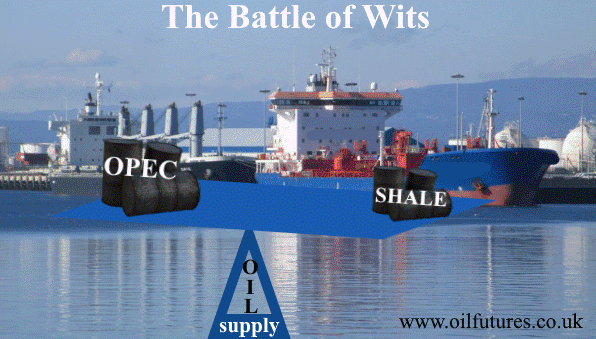The oil price has been rising steadily since October,
2020 and in January this year, both WTI crude and Brent crude have hit above
the crucial $50 mark.
OPEC+ made its contribution to the stabilisation of
the oil price, having witnessed – and suffered – the worst, when the latter collapsed
and even became negative for the first time in its commodity history on April 20;
it was a bolt from the blue, as far as traders, producers and of course,
analysts are concerned.
The price of oil above $50 helps those who heavily
rely on revenues from this source to fill their respective coffers, manage
estimated budget deficits, handle generous welfare schemes for the populations,
reverse spending curbs and invest more money in research and if circumstances
permit, even do its duty in combating environmental damage.
At moral level, more than at an economic level, the
oil producing nations, especially in the Middle East, can keep millions of poor
folks from Asia in employment without seeing an exodus, while inadvertently
experiencing a logistical nightmare – if the oil price remains in the range,
$40 – 50.
The people in question across this region regularly
make an enormous contribution to their respective nations, which in turn help
the latter address a myriad of needs for those who live in these countries.
Before 2014, the predictions of over-zealous
analysts were not about oil price going through the roof; it was about piercing
the layers much above that.
Based on these wild predictions, the oil producing
nations embarked on highly ambitious projects while offering ample
opportunities for global giants in different sectors.
Between 2014 and 2015, however, oil price collapsed,
mainly due to the shale oil boom in the US; the price fell from above $100 per
barrel to half of that rapidly.
The fall of price resulted in a series of swipes
from a commodity whip for both camps – the shale oil producers in the US and
OPEC members, led by Saudi Arabia; shale oil producers saw their thin profit
margins vanishing overnight while OPEC suffered heavy revenue losses.
During the crisis, Saudi Arabia’s stubborn stance on not cutting down on the production, brought about more bad news to the
industry that was already suffering; Saudi Arabia was intent on driving the
shale oil producers in the US to the wall, while being accused by the latter of
resorting to predatory practices.
The shale producers, however, managed to survive by
investing more on innovation while cutting down the cost, something that the
traditional oil producers could not match.
In the presence of rising crude oil price, it looks
like history is about to repeat itself – once again. The US shale production is
on the rise and so is the rig count.
At present, there is one exception, though. The
Saudis show no appetite to maintain the current level of output as they did
during the previous crisis, in order to teach shale producers a lesson.
For how long that the Saudis are going to stick to their
guns is something that remains to be seen.









